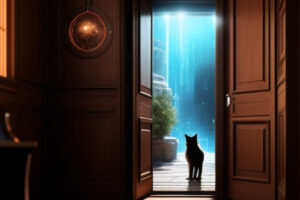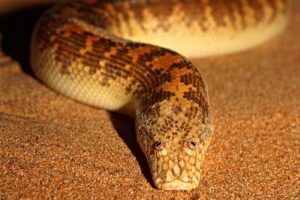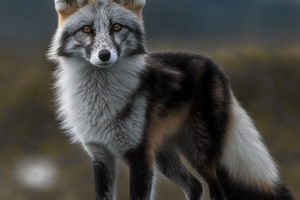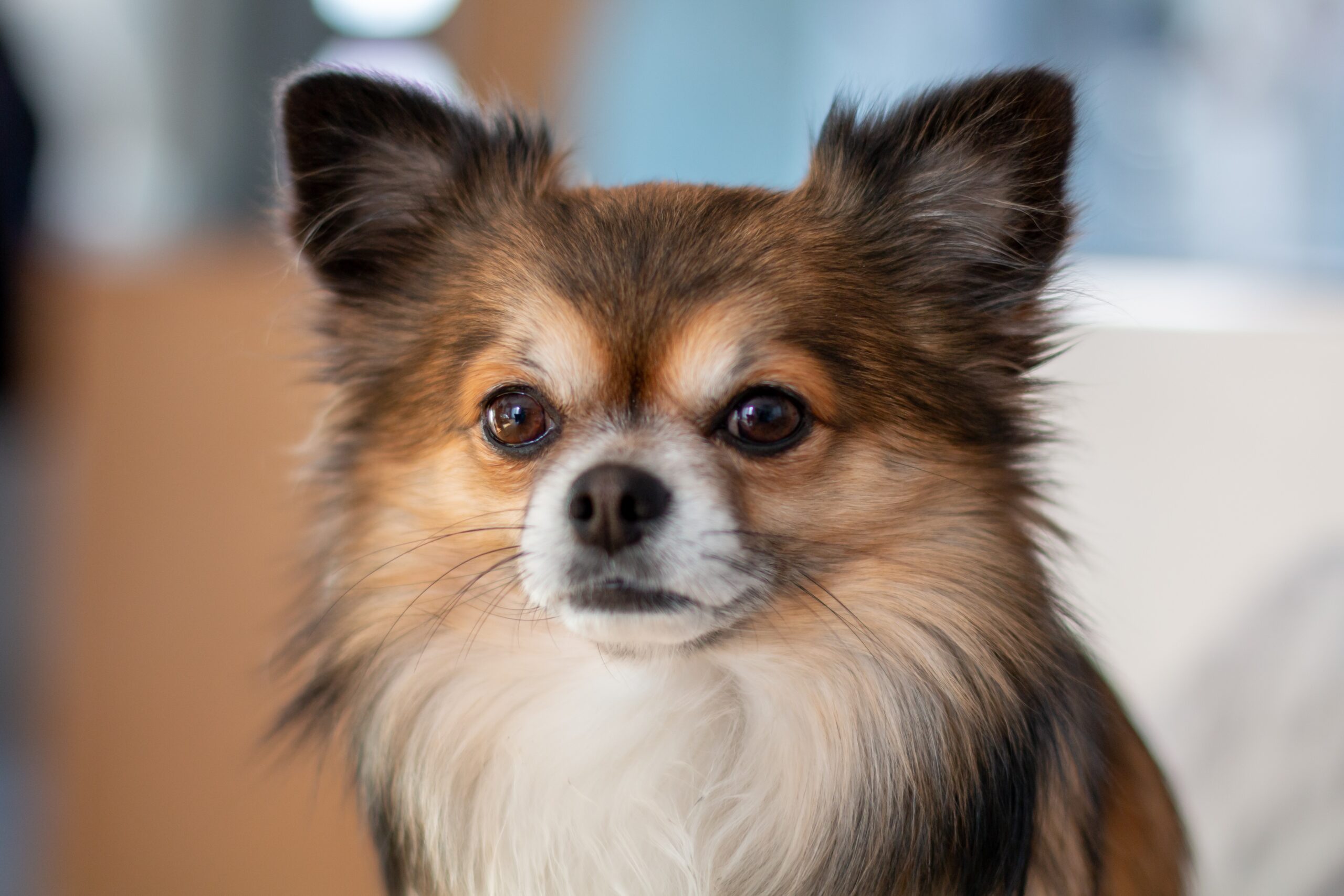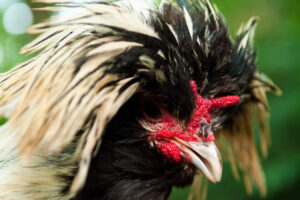The pupil is an opening that regulates the amount of light that is allowed in through the eye and to the retina behind it.
In very bright light the pupil closes almost completely to prevent the eye from being damaged by too much light, but in the dark it opens as wide as possible to allow the little light that can be detected to reach the light-sensitive cells of the retina .
The domestic cat is originally a nocturnal animal, and the aperture in its eyes is shaped like a vertical slit.
In this way, it works not unlike two window curtains that can be drawn up or down with muscle power, depending on how much light needs to be let in.
During the day these curtains are almost completely drawn and the light only penetrates through narrow slits. In the dark, however, the cat’s pupils are dilated and almost completely circular in appearance.
It is not known for sure how nocturnal animals have slit-shaped pupils. Some zoologists believe that the animals’ eyes are better hidden in the dark, but others are of the opinion that their vision becomes sharper because of this.
And recently, two researchers at the University of Lund in Sweden have come up with an entirely new theory about why slit-shaped pupils are good for nocturnal animals.
The two biologists studied the eyes of a number of animal species and found that almost all animals with slit-shaped pupils can also focus on multiple points simultaneously.
In these animals, the pupil of the eye – or the “lens” of the eye – is divided into quite a few “regions”, each of which perceives a specific wavelength of light. This gives the animals many times better color shine at dusk than is the case with other species.
The color skin areas lie as a circle around a circle from the center of the eye, and thus a slit-shaped pupil has an obvious purpose.
A long and narrow pupil during the day allows light to all color perception areas, but a round pupil that shrinks to the center would block each color perception area one after the other.
Thus, these animals also have a good sense of color in daylight.


